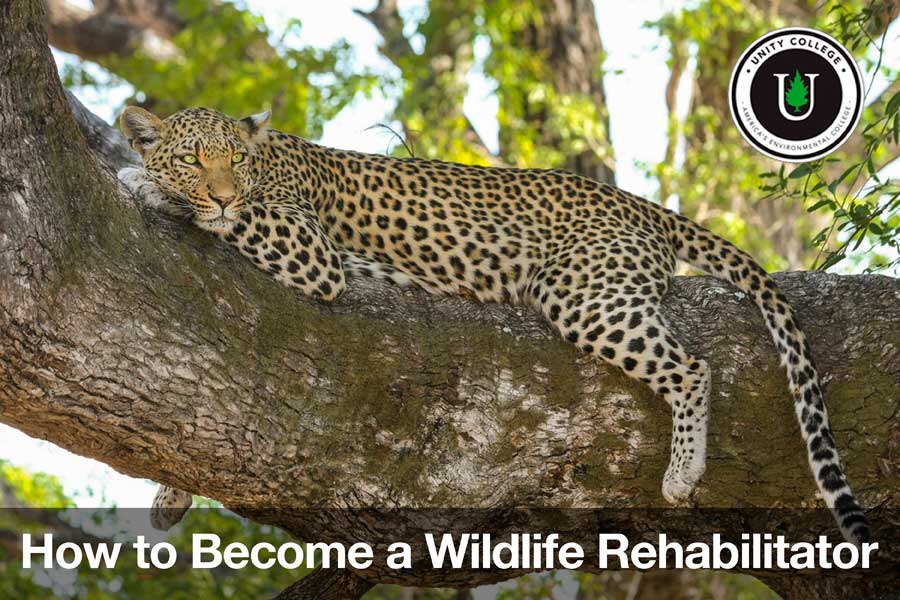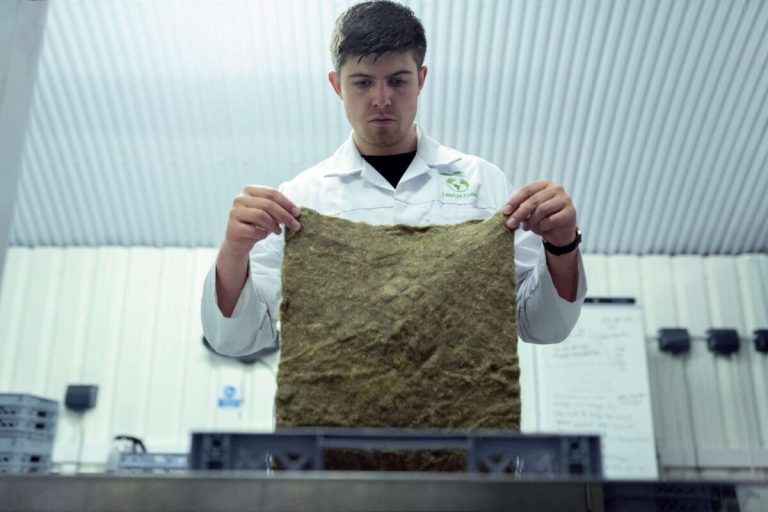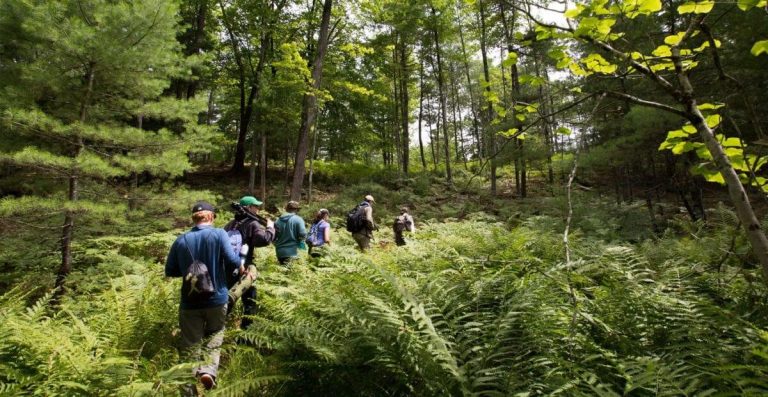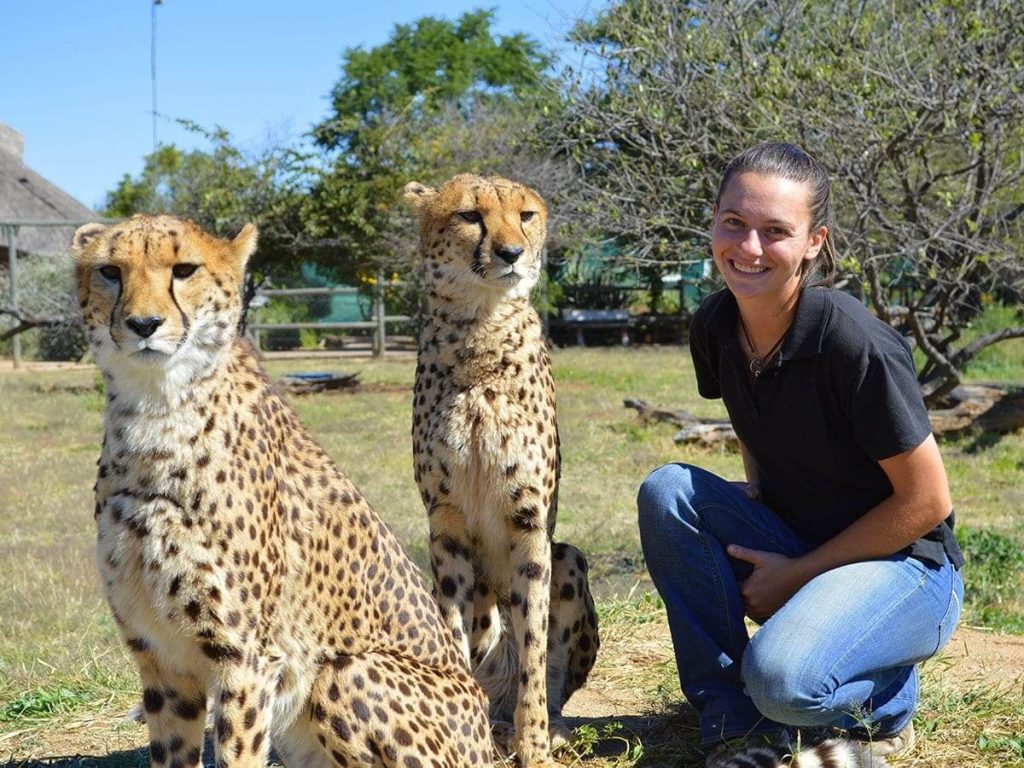
First things first, wildlife rehabilitation involves caring for injured, ill, and orphaned wild animals with the goal of releasing each into its natural habitat.
“Each animal is examined, diagnosed and treated through an individually tailored program of veterinary care, hospital care, feeding, medicating, physical therapy, exercising and pre-release conditioning. Releases are planned for appropriate weather, season, habitat and location. Some animals, of course, are beyond help when found and are humanely euthanized,” according to the Minnesota Wildlife Assistance Cooperative.
At first glance, that description makes the career sound like one in which you’ll be working with sick or injured animals all day, every day. That’s a common misconception among those looking to get into the field so we dug into the research to unpack everything you need to know to become a wildlife rehabilitator.
Wildlife Rehabilitator Career: An Overview
It should go without saying that wildlife rehabilitators need to be able to think fast on their feet and have a strong grasp of animal biology to intake scared animals or triage animal injuries. Wild animals are different from domestic ones and being a successful wildlife rehabilitator requires an extensive knowledge of the unique history, nutrition, and behavior of the species with which they work.
In actuality, caring for animals makes up only about a third of a wildlife rehabilitator’s time. According to the International Wildlife Rehabilitation Council, on an annual basis, the job breaks down like this:
- 35% – Caring for sick or injured animals
- 35% – Working with the public on education or volunteer initiatives
- 15% – Handling administrative tasks
- 15% – Managing the wildlife rehab facility
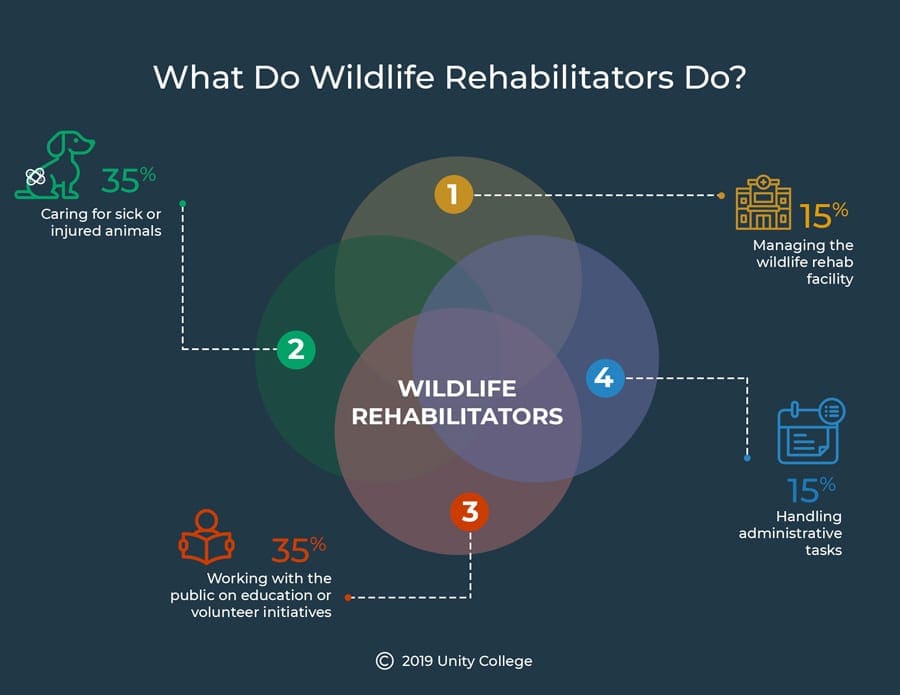
In fact, the IWRC says most employees end up being Jacks- and Jills-of-all-trades due to limited staffing, so often, wildlife rehabilitators will find themselves doing everything from construction and maintenance to habitat design and basic veterinary nursing. Entry-level wildlife rehabilitators can expect to spend most of their time planning and preparing food for the animals and cleaning laundry, dishes, and cages.
But, if you’re considering a career in wildlife rehabilitation so you can avoid humanity and spend your days mending broken wings, think again.
One of the most important aspects of the job is working with the public, according to the IWRC. “Rehabilitators are ambassadors between wildlife and the public …. A busy center may get over 100 phone calls on a spring day, which need support from skilled animal caregivers to assess whether an animal is exhibiting natural behavior or if it may need to be admitted. Every animal that stays in the wild and does not need to come into a wildlife rehabilitation center is a success story.”
Wildlife Rehabilitator Education Requirements
There is a lot of contradictory information out there regarding the education requirements to become a wildlife rehabilitator. So, for the record, right now you do not need a college degree to become a wildlife rehabilitator. But it sure helps.
While volunteers make up the vast majority of the individuals working at rehab centers, if you’re looking to build a career in this emerging field—i.e., earn a livable wage—you’ll need a college degree. The National Wildlife Rehabilitators Association recommends a degree based in biology or ecology with a curriculum that includes ornithology, mammalogy, animal behavior, ecology, and related wildlife and environmental subjects.
According to the NWRA website, a college degree is not required to become a licensed wildlife rehabilitator but a biology-related degree has several advantages:
- It provides knowledge essential for quality hands-on animal care;
- It develops an understanding of wildlife as is relates to humans and the environment;
- It gives you an edge in this increasingly competitive field.
Like many other emerging environmental fields, states and provinces can also require a specific type of education, certification, or successful examination before issuing a license. So, be sure to check out the requirements in the state(s) you’re most likely to work in after graduation.
Wildlife Rehabilitator Salary
People often cite Chinese philosopher Confucius as the source of the quote: “Choose a job you love and you’ll never have to work a day in your life.” The merits of that claim are debatable but what’s far more certain is that there are probably very few ultra-wealthy wildlife rehabilitators. So, make sure you’re passionate about the field if you want to make it your career.
Wildlife rehabilitation centers are non-profit organizations or government agencies so pay scales fluctuate state to state. Your salary will largely depend on the political leanings of the particular state in which you work and the ability of facility administrators to raise outside funds.
According to IWRC, entry-level annual pay will range from $20,000 to $40,000, with some senior positions at larger facilities making more than $75,000 per year.
The Big Takeaway
Wildlife rehabilitation is an exciting new field that’s gaining momentum every year. Like anything new and undefined, there are many different ways to achieve what you want to achieve. As a student of Unity’s B. S. in Captive Wildlife Care degree program, you’ll be perfectly placed to gain valuable experience through a volunteer placement or an intern/externship.
